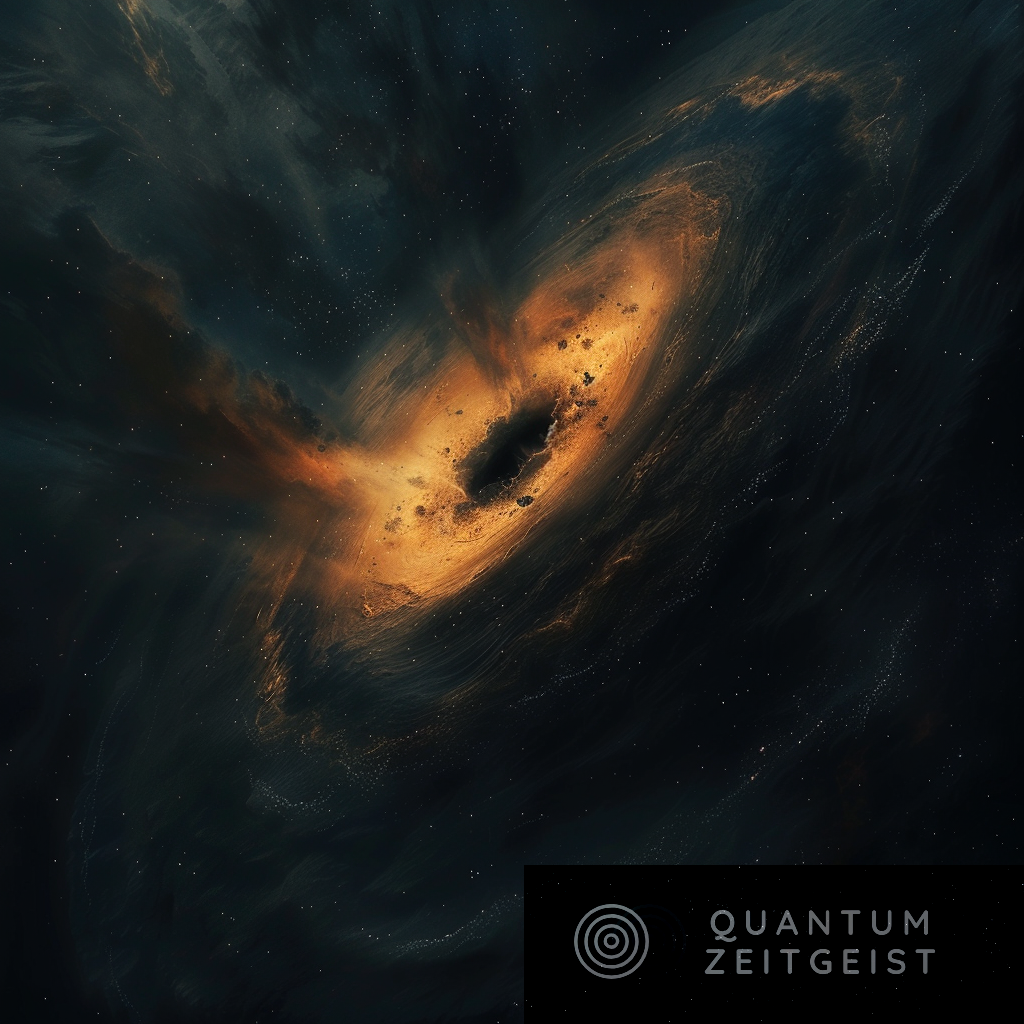Canadian scientists, as part of the global Event Horizon Telescope (EHT) collaboration, have captured new images of the supermassive black hole, Sagittarius A* (SgrA*), at the center of our galaxy. The images reveal the magnetic field lines that shape and organize the plasma ring around the black hole. The team, led by Avery Broderick from the Perimeter Institute and the University of Waterloo, used a framework called THEMIS to analyze the data. The new observations confirm theories about how supermassive black holes grow and evolve, providing a foundation for the science of galactic evolution and extreme gravity environments.
Unveiling the Magnetic Fields of the Milky Way’s Central Black Hole
Astronomers have recently captured polarized light from the supermassive black hole at the heart of our galaxy, Sagittarius A* (SgrA*), in unprecedented detail. This feat is akin to photographing a fast-moving preschooler, given the black hole’s constant shifts and changes as hot plasma swirls around it. Moreover, layers of interstellar plasma between Earth and the black hole obscure our view, making it challenging to capture a clear image.
Despite these obstacles, scientists managed to capture the first photo of SgrA* in 2022. The latest images reveal not only the plasma ring but also the magnetic field lines that shape and organize it. These observations confirm our best theories about how supermassive black holes grow and evolve, providing a solid empirical foundation for the science of galactic evolution and extreme gravity environments.
The Role of Canadian Scientists in the Global Event Horizon Telescope Collaboration
Canadian scientists, as part of the global Event Horizon Telescope (EHT) collaboration, played a crucial role in capturing these images. Avery Broderick, Associate faculty at Perimeter Institute and the University of Waterloo, likens SgrA* to a frenetic toddler. His team, the experts behind THEMIS, a framework for analyzing the data that the EHT collects, have managed to overcome the challenges posed by the black hole’s variability.
THEMIS has been instrumental in black hole astronomy, providing solutions to two significant challenges scientists faced when trying to image SgrA* with confidence. First, it offers a way to reliably assess the credibility of any given image of the black hole. Second, it provides a method to image SgrA* even though the black hole refuses to sit still.
THEMIS: A Game-Changer in Black Hole Astronomy
THEMIS works by exploring all the possible images of SgrA*, giving precise probabilities for which features in them are real, and which are noise in the machine. In doing so, THEMIS reduces the risk of misinterpreting the data, and provides a reliable statistical method for studying the information SgrA* sends us from across the galaxy.
Moreover, THEMIS allows astronomers to model the “noise” in the data and provide an estimate for it, letting them “cancel it out” to produce a clear, time-averaged image of SgrA* in spite of its rapid variability. These two breakthroughs enabled the EHT team to reliably interpret what they see happening around SgrA*, despite the furious variability of the plasma ring.
Polarization Patterns and Magnetic Fields of SgrA*
The new results reveal strong polarization patterns in the signals that SgrA* emits. Polarization, a property describing the orientation of light wave oscillations, is the same principle that sunglasses use to dim intensity by blocking light waves oriented in one or more directions.
The waves the EHT receives from SgrA* come mostly in the form of synchrotron radiation – emissions from high-energy electrons zipping around the black hole’s magnetic field lines. By measuring the polarization, scientists are able to measure the structure and strength of SgrA*’s magnetic fields.
Implications for Black Hole Evolution
According to astronomers’ best models of black hole evolution, the magnetic fields in the accretion disk need to be strong enough to push the accreting plasma around. The new results from SgrA* provide the first direct observational evidence to support those models: we’re seeing these black holes “eat” in real-time.
This new research marks a milestone in black hole astronomy, telling the story of black hole evolution, and bringing the unruly core of our galactic neighbourhood into sharp focus. The highly polarized and organized light from SgrA* not only limits the density of the plasma orbiting the black hole but also reveals the magnetic fields that govern its fate.
External Link: Click Here For More

